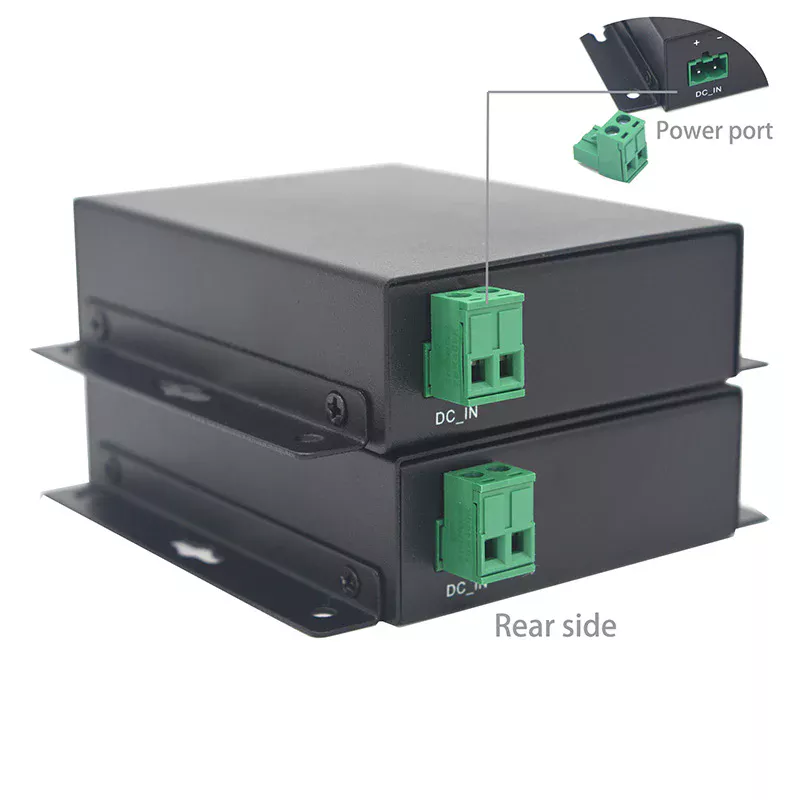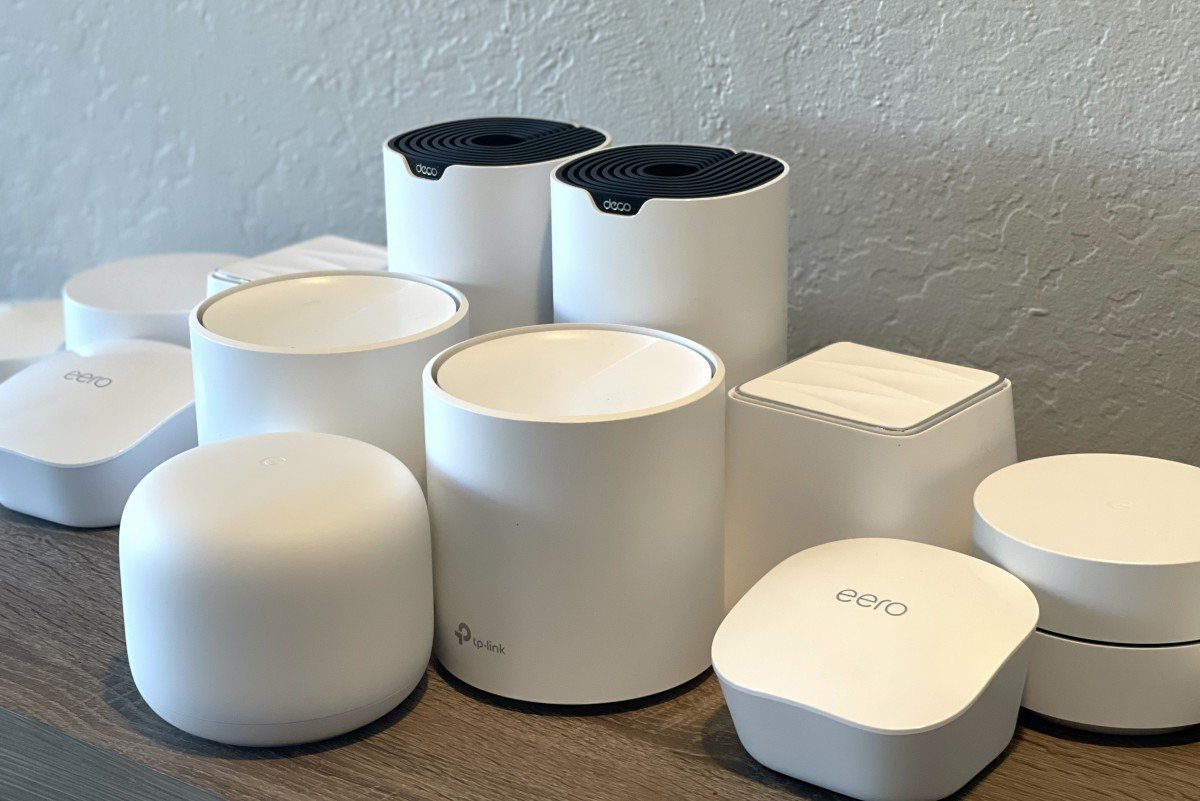Are you wondering if smart lighting is really worth the extra cost compared to regular LED bulbs? You’re not alone.
When it comes to lighting your home, the choices can feel overwhelming. You want to save money, but you also want convenience and energy efficiency. What if you could have both? This article breaks down the true cost difference between smart lighting and regular LED bulbs.
By the end, you’ll know exactly where your money is best spent—helping you make a choice that brightens your home and your wallet. Keep reading to find out which option fits your needs and budget perfectly.
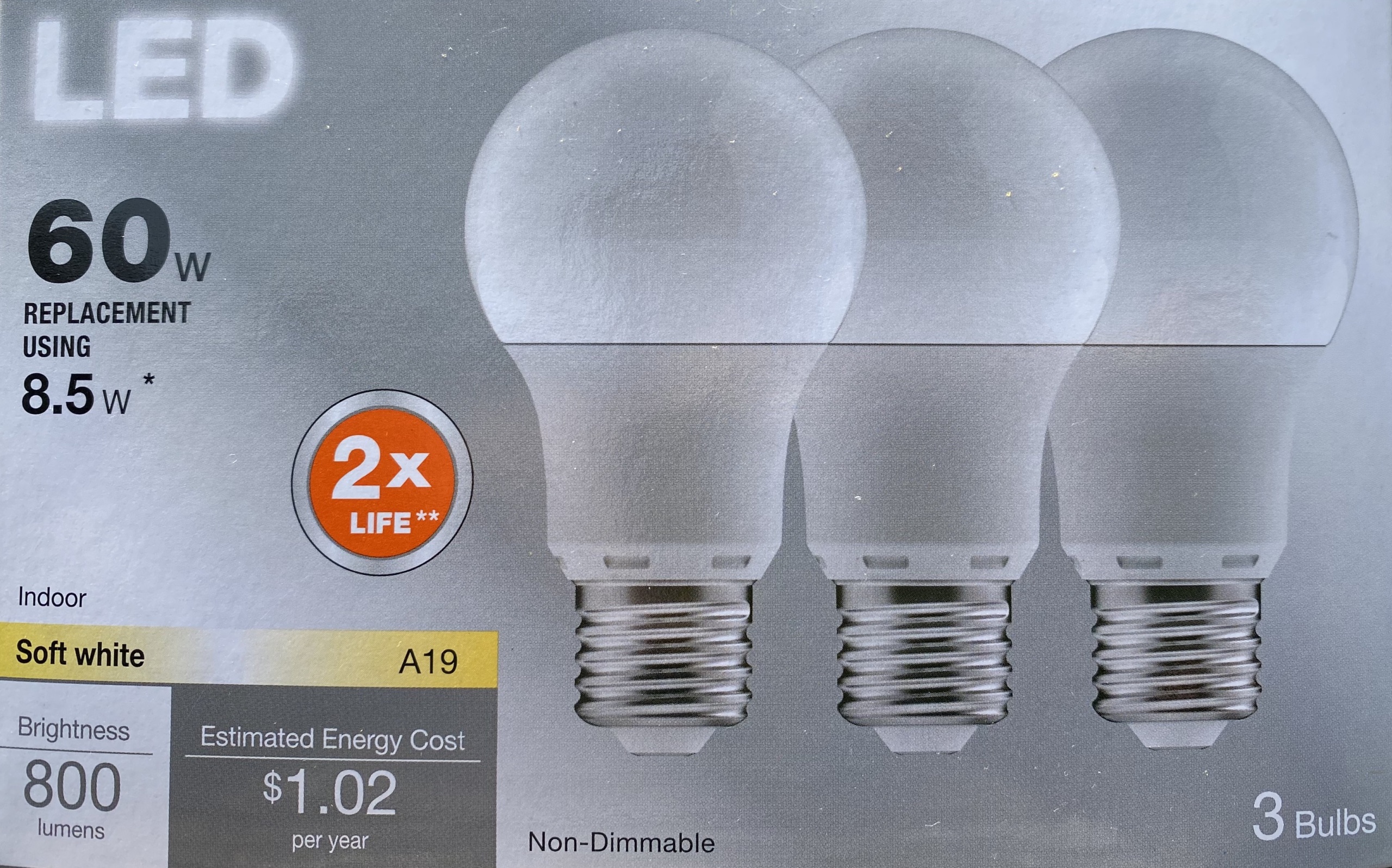
Credit: environmentamerica.org
Cost Factors Of Smart Lighting
Smart lighting offers many features that regular LED bulbs do not. Understanding the cost factors is important for making a good choice.
This guide compares smart lighting and regular LED bulbs based on various cost factors.
Initial Purchase Price
Smart bulbs cost more than regular LED bulbs. They have advanced technology that allows remote control and customization.
Regular LED bulbs have a lower price, making them more budget-friendly initially.
- Smart bulb: $15 – $50 each
- Regular LED bulb: $2 – $10 each
Installation Expenses
Smart lighting may need a hub or bridge for connecting to other devices. This can add to the cost.
Regular LED bulbs are easy to install. They do not need extra equipment or setup.
- Smart lighting hub: $30 – $100
- Installation fee: $0 (usually DIY)
Maintenance And Replacement Costs
Smart bulbs have a longer lifespan, reducing replacement costs. They can be updated with software to fix issues.
Regular LED bulbs also last long but may need more frequent replacements than smart bulbs.
- Smart bulb lifespan: 15,000 – 25,000 hours
- Regular LED bulb lifespan: 10,000 – 15,000 hours
Cost Factors Of Regular Led Bulbs
Regular LED bulbs are popular for lighting homes and offices. They save energy and last longer than old bulbs.
Understanding the cost factors helps you choose the right lighting option. This section explains key costs of regular LED bulbs.
Upfront Cost
Regular LED bulbs usually cost more than traditional bulbs at first. The price depends on brand, wattage, and features.
Buying LED bulbs in packs can reduce the price per bulb. The initial cost is higher but can save money later.
Energy Consumption
LED bulbs use less electricity than regular bulbs. This lowers your energy bill over time.
Energy use depends on wattage and how many hours the light is on daily. Lower wattage means less power used.
- LED bulbs use about 75% less energy than incandescent bulbs
- Less energy use means lower electricity bills
- Energy savings add up with longer use
Lifespan And Replacement Frequency
Regular LED bulbs last much longer than old bulbs. They can work for 15,000 to 25,000 hours.
Long life means fewer replacements. This lowers the total cost over years compared to bulbs that burn out fast.
- LED bulbs last 10 to 25 times longer than incandescent bulbs
- Fewer replacements save money and effort
- Long lifespan reduces waste
Energy Efficiency Comparison
Smart lighting and regular LED bulbs both save energy compared to old bulbs. They use less power and last longer.
Smart lighting adds features but uses power differently. Understanding this helps choose the best option.
Power Usage Differences
Regular LED bulbs use a fixed amount of power when on. They consume less energy than older bulbs.
Smart bulbs use power for lighting and smart functions. These include Wi-Fi or Bluetooth connections.
- Regular LED bulbs use about 8 to 12 watts
- Smart bulbs use 9 to 15 watts due to extra features
- Smart bulbs also use small power when off but connected
Impact On Electricity Bills
Smart bulbs may raise electricity bills slightly because of extra power use. Regular LEDs cost less to run.
Still, both bulbs save money compared to old bulbs. Smart bulbs can save energy with scheduling and dimming.
| Bulb Type | Average Power Use (Watts) | Estimated Monthly Cost |
|---|---|---|
| Regular LED | 10 | $1.20 |
| Smart LED | 13 | $1.56 |
Estimated cost based on 30 days, 5 hours daily, $0.08 per kWh.
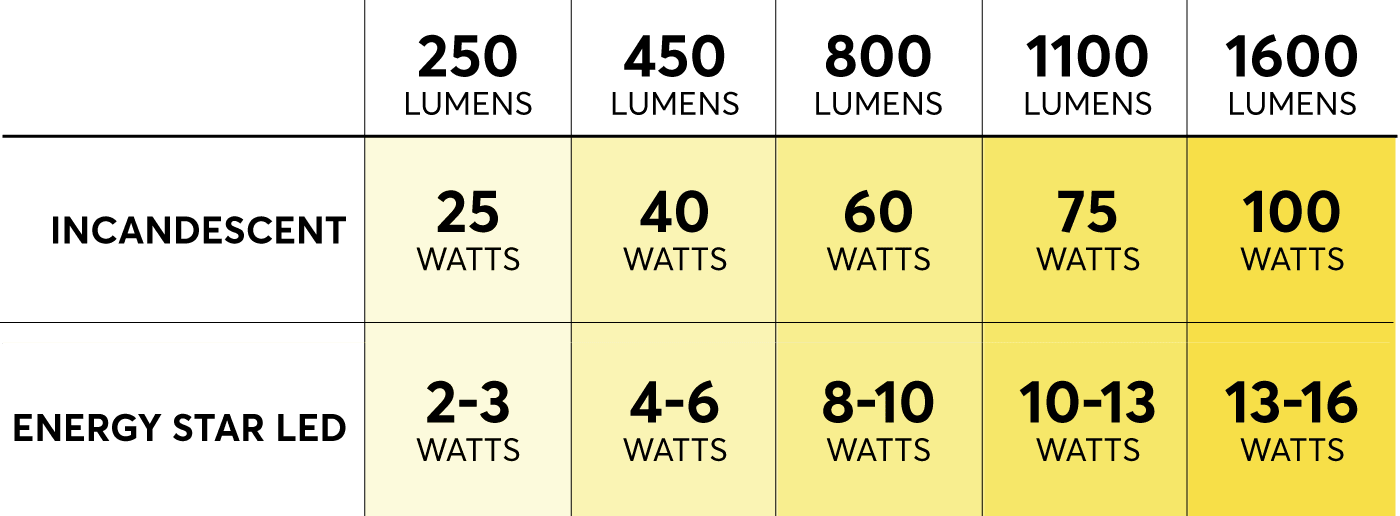
Credit: www.consumerreports.org
Long-term Savings Potential
Smart lighting offers a way to save money over time compared to regular LED bulbs. It uses technology to control lights better. This control helps reduce electricity bills.
Regular LED bulbs are energy efficient but lack the features that smart lighting provides. Smart lighting can adapt to your needs and save more energy in the long run.
Smart Lighting Automation Benefits
Automation helps smart lights turn on and off by themselves. You do not need to remember to switch lights off. This reduces wasted energy.
Smart lighting can adjust brightness based on time of day or room use. This makes lighting more efficient and comfortable.
- Automatic on/off schedules
- Motion sensor activation
- Adaptive brightness control
- Remote control through apps
Reduced Waste And Energy Use
Smart lighting reduces energy waste by only using light when needed. It helps lower power consumption and carbon footprint.
Regular LED bulbs use less power than old bulbs but stay on if not turned off. Smart lights avoid this waste with sensors and timers.
- Lights turn off automatically in empty rooms
- Dim lights reduce energy during low use
- Smart scheduling matches daily routines
Return On Investment Timeline
The initial cost of smart lighting is higher than regular LED bulbs. Savings start to show over months as energy bills drop.
Most users see a full return on investment in one to three years. After that, savings continue while enjoying smart features.
| Lighting Type | Initial Cost | Annual Energy Cost | ROI Timeline |
|---|---|---|---|
| Regular LED Bulbs | Low | Moderate | Not applicable |
| Smart Lighting | High | Low | 1-3 years |
Additional Features Affecting Cost
Smart lighting systems cost more than regular LED bulbs. This is not just because of the light itself. Extra features add to the price.
These features make smart lights different and useful. They also explain why smart bulbs cost more upfront.
Smart Controls And Connectivity
Smart bulbs connect to Wi-Fi or Bluetooth. This lets users control lights with phones or voice assistants. These controls increase cost.
Regular LED bulbs do not have this feature. They only work with a switch. Smart controls need chips and software, which cost more.
- Wireless communication parts
- App and voice command support
- Remote access and scheduling
Customization And Lighting Scenes
Smart lighting allows users to change colors and brightness easily. Users can create scenes for different moods and tasks.
This customization needs more advanced LEDs and programming. Regular LEDs have fixed light settings and cost less.
- Color changing options
- Adjustable brightness levels
- Preset lighting scenes
Compatibility With Home Systems
Smart bulbs often work with home systems like Alexa or Google Home. This adds convenience but raises the cost.
Compatibility requires extra technology inside the bulb. Regular LEDs do not connect to these systems and cost less.
- Integration with smart hubs
- Works with voice assistants
- Supports automation routines
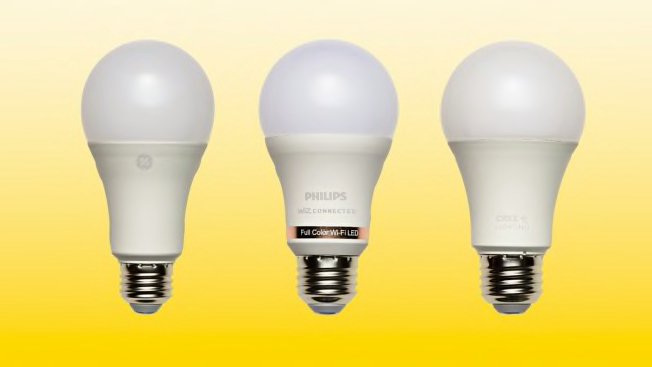
Credit: www.consumerreports.org
Which Option Fits Your Budget?
Choosing between smart lighting and regular LED bulbs depends on your budget. Each option has different costs and benefits.
Understanding your needs helps you pick the right lighting. This guide compares costs to help you decide.
Assessing Your Lighting Needs
Think about how you use your lights every day. Are you looking for simple bulbs or advanced features?
Regular LED bulbs provide steady light and save energy. Smart lights offer control and customization but cost more.
- Do you want to control lights with your phone?
- Do you need color options or dimming features?
- How many lights do you plan to replace or install?
- Are energy savings a top priority?
Balancing Cost And Functionality
Regular LED bulbs cost less upfront. They use less power and last long without extras.
Smart lighting costs more but adds convenience and control. You can set schedules and change colors.
| Feature | Regular LED Bulbs | Smart Lighting |
|---|---|---|
| Initial Cost | Low | High |
| Energy Use | Low | Low to Medium |
| Control | Manual switch | App and voice control |
| Customization | None | Color and brightness options |
| Installation | Simple | Requires setup |
Frequently Asked Questions
What Are The Main Cost Differences Between Smart And Regular Led Bulbs?
Smart bulbs cost more upfront but save energy over time. Regular LEDs are cheaper initially but lack advanced features and savings.
How Do Energy Savings Compare Between Smart And Regular Leds?
Smart LEDs use less energy due to automation and dimming features. Regular LEDs consume more power without smart controls.
Are Smart Led Bulbs Worth The Extra Investment?
Yes, if you value convenience, control, and long-term energy savings. Smart bulbs offer more functionality than regular LEDs.
Do Smart Bulbs Have Higher Maintenance Costs Than Regular Leds?
No, both require minimal maintenance. Smart bulbs may need occasional software updates but last as long as regular LEDs.
Conclusion
Smart lighting and regular LED bulbs each have their own cost benefits. Regular LEDs cost less upfront and use less energy. Smart lights cost more at first but can save money over time. They offer control and convenience that regular bulbs do not.
Choosing depends on your budget and needs. Think about how much you use lights daily. Small savings add up in the long run. Both options help reduce electricity bills and are eco-friendly. Choose what fits your lifestyle and budget best.
15 min read


